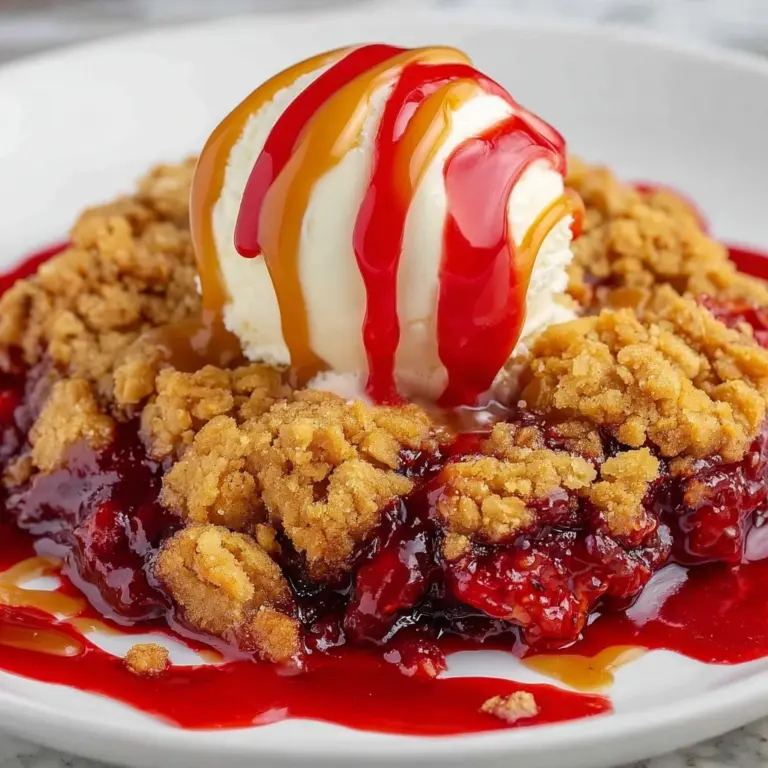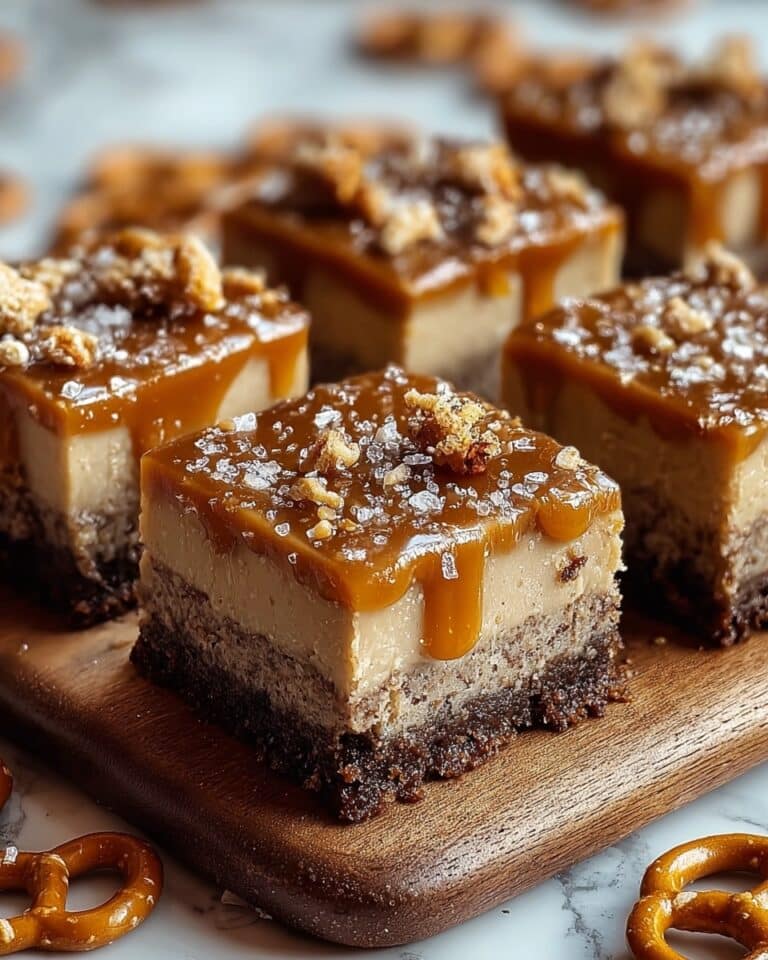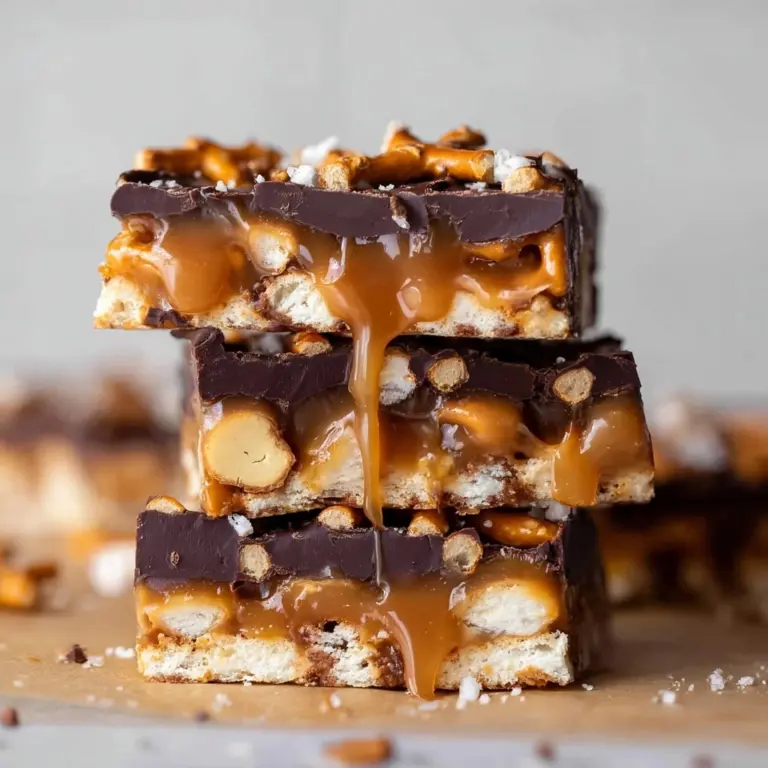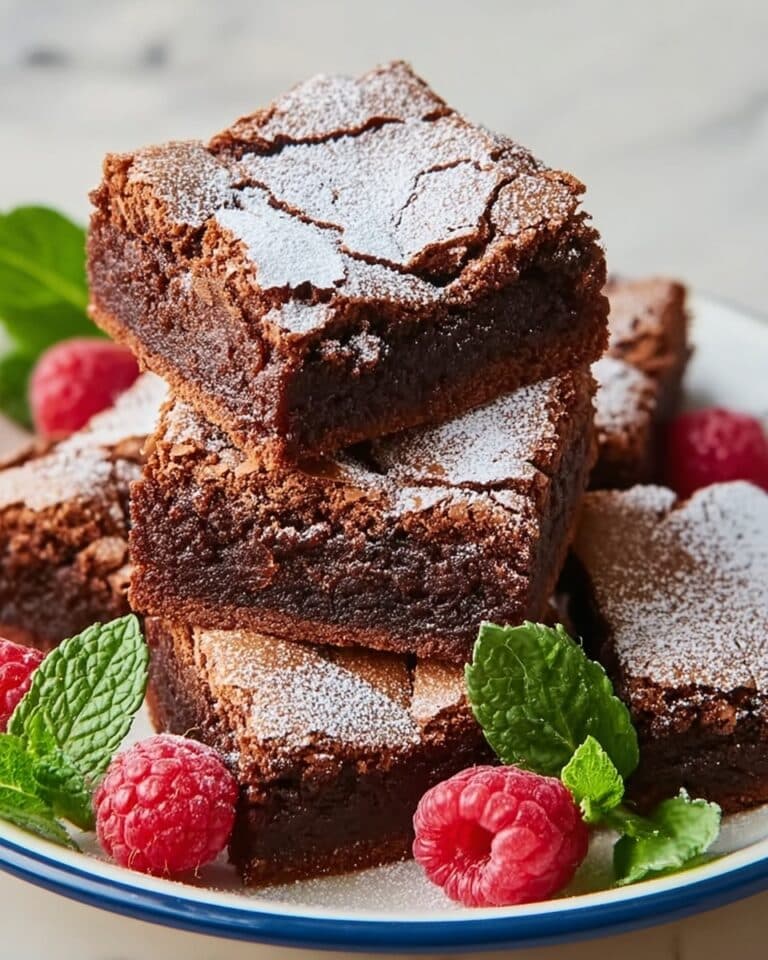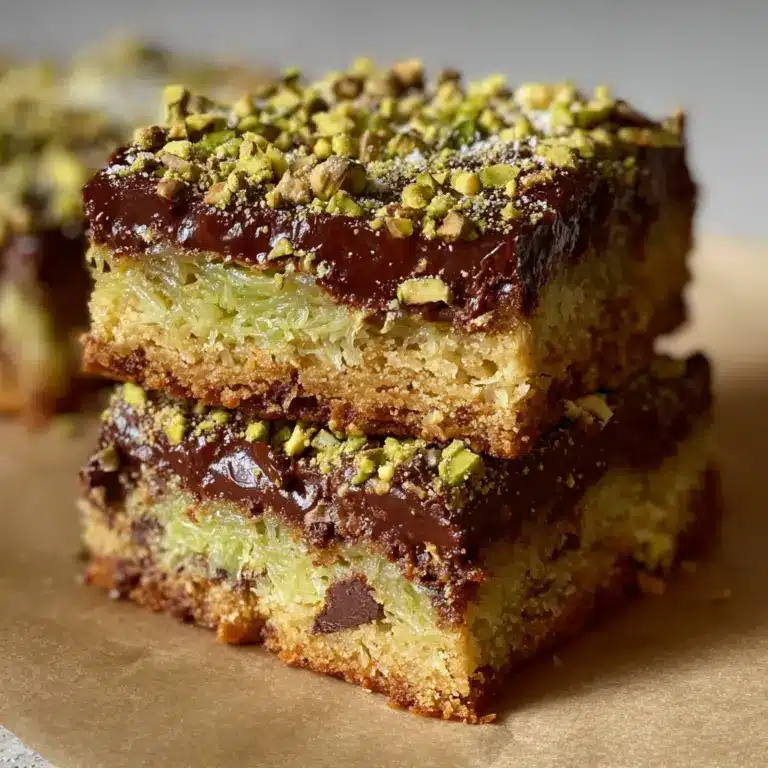Lavender and Honey Soaked Lemon Cake Recipe
Introduction
This Lavender and Honey Soaked Lemon Cake is a fragrant, moist treat perfect for spring or anytime you want a refreshing dessert. The bright lemon flavor is beautifully balanced with a delicate honey and lavender syrup, finished with a tangy lemon glaze.
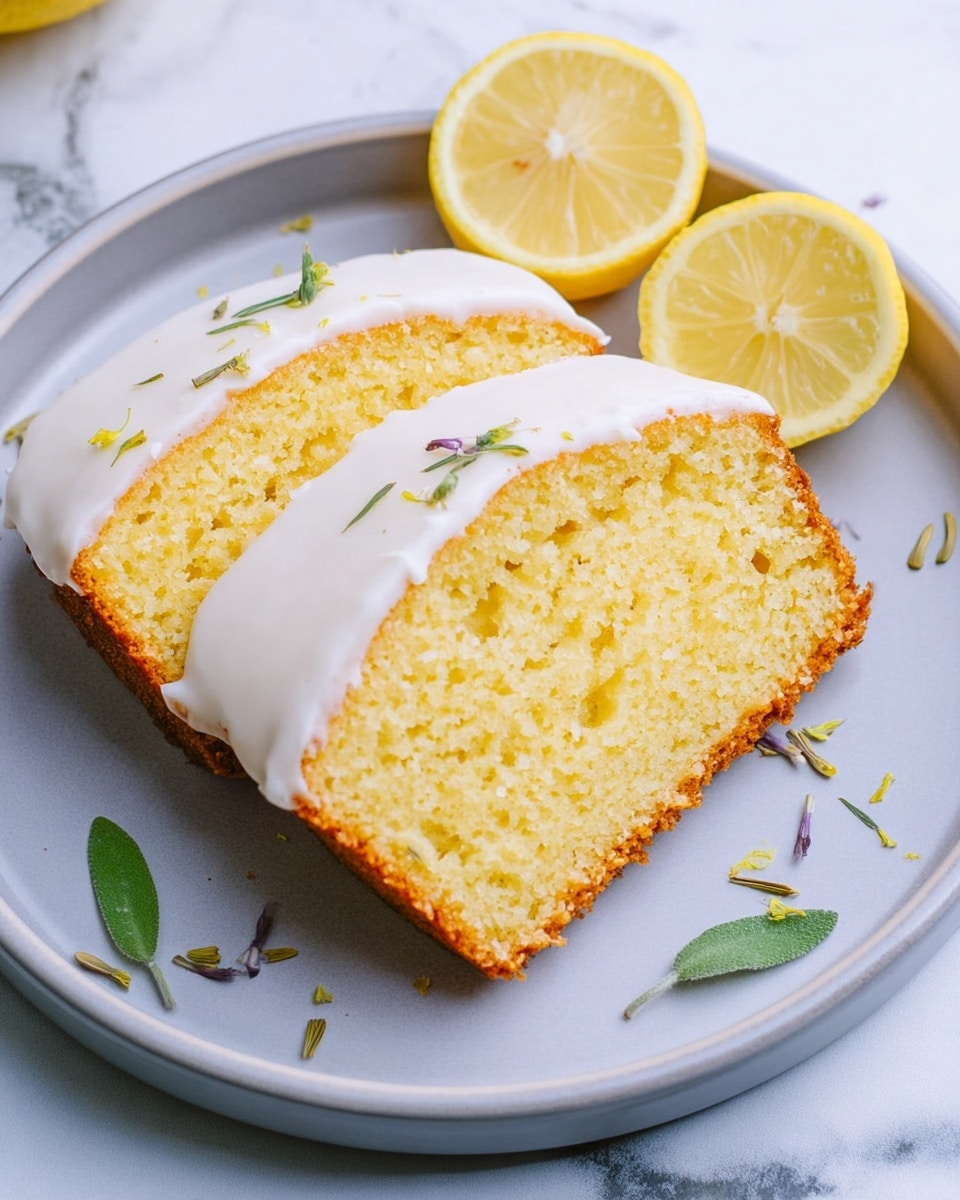
Ingredients
- 1/2 cup honey
- 1/2 cup lemon juice
- 1 tablespoon dried culinary lavender
- 2 cups confectioners’ sugar, sifted (for the glaze)
- 3 1/2 tablespoons freshly squeezed lemon juice (for the glaze)
- 2 sticks unsalted butter, at room temperature
- 2 cups granulated sugar
- 4 large eggs, at room temperature
- 1/3 cup grated lemon zest (about 4 large lemons)
- 3 cups flour
- 1/2 teaspoon baking powder
- 1/2 teaspoon baking soda
- 1 teaspoon kosher salt
- 1/4 cup freshly squeezed lemon juice
- 3/4 cup buttermilk
- 1 teaspoon pure vanilla extract
Instructions
- Step 1: Preheat the oven to 350 degrees F. Grease and flour two 8 1/2 by 4 1/4 by 2 1/2-inch loaf pans. You may also line the bottom with parchment paper to help lift the cakes after baking.
- Step 2: In a mixer fitted with the paddle attachment, cream the butter and granulated sugar until light and fluffy, about 5 minutes. Add the eggs one at a time, mixing on medium speed, then add the lemon zest.
- Step 3: In a separate bowl, sift together the flour, baking powder, baking soda, and salt. In another bowl, combine lemon juice, buttermilk, and vanilla extract.
- Step 4: Add the flour mixture and buttermilk mixture alternately to the butter mixture, beginning and ending with the flour, mixing just until combined.
- Step 5: Divide the batter evenly between the prepared pans and smooth the tops. Bake for 45 minutes to 1 hour, or until a cake tester inserted in the center comes out clean.
- Step 6: Meanwhile, combine honey and lemon juice in a medium saucepan. Bring to a boil over medium-high heat, then reduce heat and add the dried lavender.
- Step 7: Simmer for about 10 minutes until the mixture thickens slightly. Remove from heat and strain to remove lavender buds. Let syrup cool slightly.
- Step 8: When cakes are done, let them cool in their pans for 10 minutes. Remove from pans and place on a rack set over a tray. Spoon the warm honey and lemon syrup over the cakes to soak them.
- Step 9: For the glaze, whisk together confectioners’ sugar and lemon juice until smooth. Drizzle over the cooled cakes and let it run down the sides before serving.
Tips & Variations
- Use culinary lavender specifically to avoid any bitterness. If you can’t find dried lavender, substitute with a teaspoon of lavender syrup or omit it for a pure honey lemon flavor.
- Line the loaf pans with parchment paper for easier cake removal and cleaner edges.
- For a lighter cake, try substituting half the flour for almond flour to add a subtle nuttiness and moistness.
- Allow the cakes to soak up the syrup for at least an hour before glazing for maximum flavor infusion.
Storage
Store the cake covered at room temperature for up to 2 days. For longer storage, wrap tightly and refrigerate for up to 5 days. Bring to room temperature before serving. The glaze may soften or melt when refrigerated, but the flavor remains delicious. You can also freeze the cake layers wrapped well in plastic wrap and foil for up to 2 months; thaw before glazing.
How to Serve
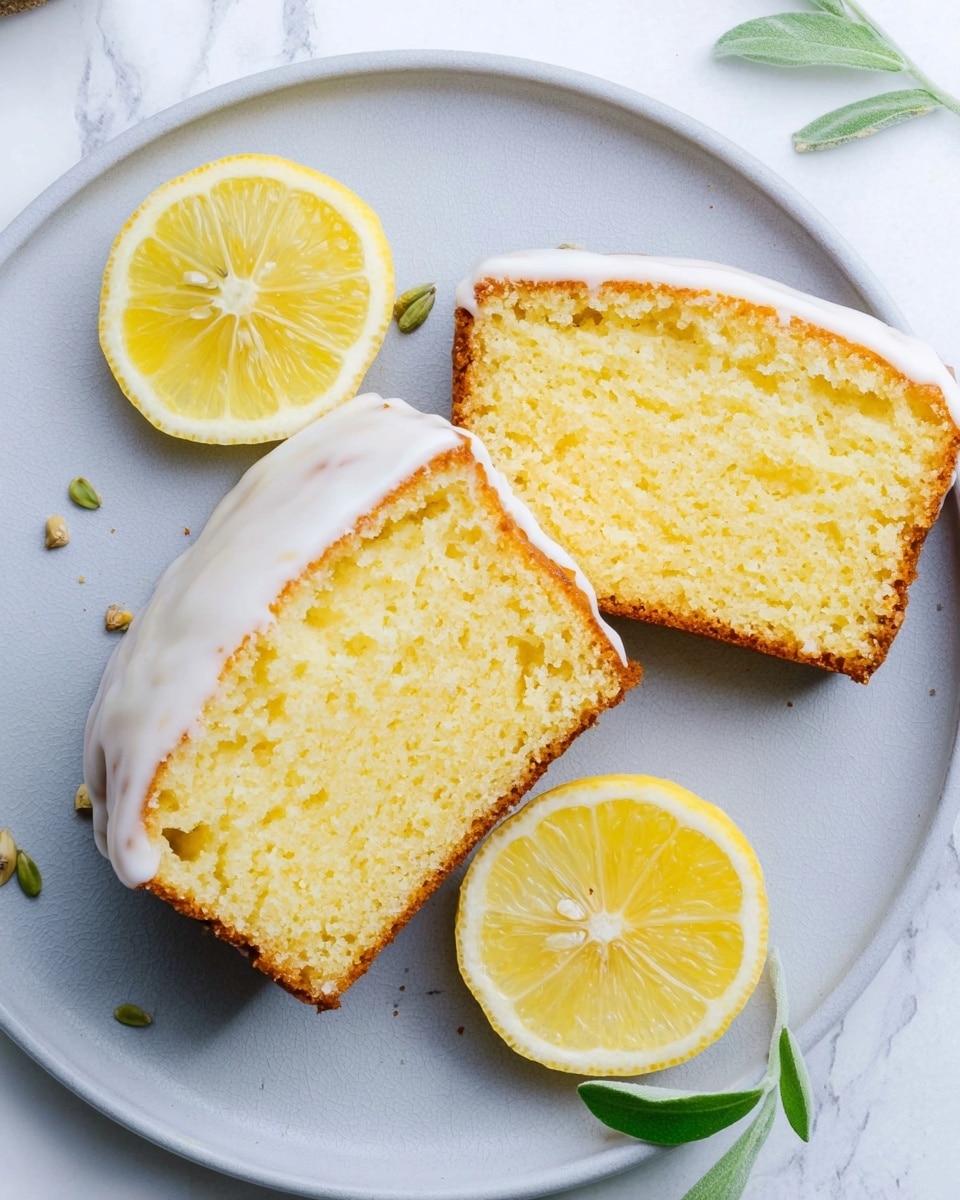
Serve this delicious recipe with your favorite sides.
FAQs
Can I use fresh lavender instead of dried?
Fresh lavender can be used but it has a much stronger flavor and higher moisture content, so reduce the amount significantly (about half) and consider drying it slightly beforehand to avoid bitterness and watering down the syrup.
Is buttermilk necessary?
Buttermilk adds tenderness and a slight tang to the cake’s crumb. If you don’t have buttermilk, you can make a substitute by adding 1 tablespoon of lemon juice or vinegar to 3/4 cup milk and letting it sit for 5 minutes before using.
PrintLavender and Honey Soaked Lemon Cake Recipe
This Lavender and Honey Soaked Lemon Cake is a fragrant and moist dessert featuring zesty lemon flavor infused with delicate lavender and sweet honey syrup. Finished with a lemon glaze, this cake is perfect for springtime gatherings or anytime you crave a refreshing and elegant treat.
- Prep Time: 20 minutes
- Cook Time: 1 hour
- Total Time: 1 hour 20 minutes
- Yield: 2 loaf cakes (8–10 servings each) 1x
- Category: Dessert
- Method: Baking
- Cuisine: American
Ingredients
Cake Batter
- 2 sticks unsalted butter, at room temperature
- 2 cups granulated sugar
- 4 large eggs, at room temperature
- 1/3 cup grated lemon zest (from about 4 large lemons)
- 3 cups all-purpose flour
- 1/2 teaspoon baking powder
- 1/2 teaspoon baking soda
- 1 teaspoon kosher salt
- 1/4 cup freshly squeezed lemon juice
- 3/4 cup buttermilk
- 1 teaspoon pure vanilla extract
Honey Lavender Soaking Syrup
- 1/2 cup honey
- 1/2 cup lemon juice
- 1 tablespoon dried culinary lavender
Lemon Glaze
- 2 cups confectioners’ sugar, sifted
- 3 1/2 tablespoons freshly squeezed lemon juice
Instructions
- Prepare pans and preheat oven: Preheat the oven to 350°F. Grease and flour two 8 1/2 by 4 1/4 by 2 1/2-inch loaf pans. Optionally, line the bottoms with parchment paper to assist in removing the cakes later.
- Cream butter and sugar: In the bowl of an electric mixer fitted with the paddle attachment, cream the butter and granulated sugar together until light and fluffy, about 5 minutes.
- Add eggs and lemon zest: With the mixer on medium speed, incorporate the eggs one at a time, followed by the grated lemon zest, ensuring a smooth and well-combined batter.
- Mix dry ingredients: In a separate bowl, sift together the flour, baking powder, baking soda, and kosher salt.
- Combine wet ingredients: In another bowl, mix the lemon juice, buttermilk, and vanilla extract.
- Incorporate dry and wet mixtures: Alternately add the flour mixture and the buttermilk mixture to the batter, starting and ending with the flour mixture. Mix until just combined.
- Bake the cakes: Divide the batter evenly between the prepared loaf pans, smoothing the tops. Bake for 45 minutes to 1 hour or until a cake tester inserted in the center comes out clean.
- Make honey lavender syrup: While cakes bake, combine honey and lemon juice in a medium saucepan. Bring to a boil over medium-high heat, then reduce heat and add dried lavender. Simmer for about 10 minutes until the mixture thickens slightly. Remove from heat and strain out the lavender buds. Let cool slightly.
- Soak the cakes: When cakes are done, allow them to cool in the pans for 10 minutes. Remove from pans and place on a wire rack over a tray. Spoon the warm lemon honey syrup over the cakes to soak in. Let cakes cool completely.
- Prepare and apply glaze: In a bowl, whisk together the sifted confectioners’ sugar and lemon juice until smooth. Pour the glaze over the cooled cakes, allowing it to drizzle down the sides.
Notes
- You can line the loaf pans with parchment paper for easier cake removal.
- Make sure eggs and butter are at room temperature for better texture.
- Do not overmix the batter once dry and wet ingredients are combined to keep cake tender.
- Adjust lemon juice in the glaze to your preferred sweetness and tartness balance.
- Store leftover cake covered at room temperature for up to 3 days or refrigerate for up to 5 days.
Keywords: Lavender Lemon Cake, Honey Lemon Cake, Soaked Cake, Lemon Glaze Cake, Spring Dessert, Floral Dessert


